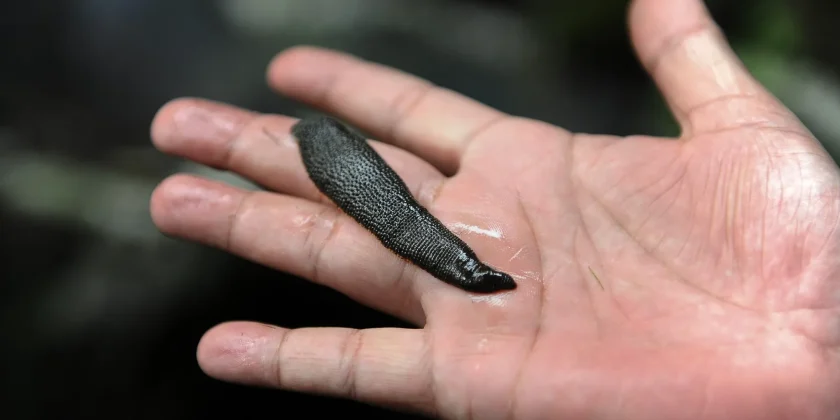Everything You Need to Know About Medical Leeches in Healthcare
Medical leeches have been used as medical tools for centuries and their use keeps changing as medicine evolves. From ancient bloodletting to advanced microsurgery, leeches were invaluable healing partners. We explore what medical leeches have to do with health, their uses, and their utility.
1. What Are Medical Leeches?
Medical leeches, most commonly the Hirudo medicinalis species, are raised and sterilised for use as medical reptiles. These leeches carry specific saliva enriched with anticoagulants, vasodilators and anaesthetics, making them particularly effective in medicine.
2. Applications of Medical Leeches
- Reattachment Surgery: Leeches are employed during reconstructive procedures to increase blood circulation in reattached body structures like fingers, ears, or limbs. The anticoagulant qualities of their saliva help to keep blood from clotting.
- Venous congestion treatment: When venous congestion is treated by surgery, leeches are rubbed into swollen regions to draw out excess blood and increase blood flow.
- Hematoma Therapy: Leeches can remove hematoma swelling and blood pooling.
Plastic and Reconstructive - Surgery: Physicians administer leeches to promote healing during delicate surgeries, such as skin grafts and flaps.
Supportive Therapy: Leech therapy is sometimes used to facilitate treatment of osteoarthritis, cardiovascular disease, even infertility.
3. How Leech Therapy Works
If placed on the skin, a medical leech seizes and starts to pull blood. It secretes saliva, rich in bioactive molecules, during the feeding process that:
- Prevent blood clotting (anticoagulants).
- Dilate blood vessels (vasodilators).
- Numb the bite area (anesthetics). It provides continual circulation, reduces swelling, and helps heal tissue.
4. Benefits of Medical Leeches
- Improved blood circulation.
- Reduced risk of tissue necrosis.
- Enhanced healing of surgical wounds.
- Noninvasive and inexpensive substitute in some therapies.
5. Risks and Precautions
Although generally harmless, leech therapy isn’t entirely safe. Potential issues include:
- Infections: Extremely uncommon, especially if the leech isn’t sterile.
- Allergic Responses: Some people react to leaky saliva.
- Excessive Bleeding: As a result of the anticoagulants in the leech saliva, prolonged bleeding can occur. In order to limit these risks, leech therapy should never be done without the supervision of professional personnel in an approved laboratory.
Yes, medical leeches are safe when used under professional supervision. They are bred in sterile conditions to minimize the risk of infection.
A typical session lasts between 20 to 45 minutes, depending on the treatment goal and the patient’s condition.
Most patients report minimal or no pain due to the anesthetic properties in leech saliva.
The number varies based on the treatment type. For example, 1-3 leeches may be sufficient for minor venous congestion, while larger areas may require more.
While leech therapy can provide symptomatic relief for some chronic conditions, it is typically used as a complementary treatment alongside conventional medical care.
Medical leeches have come a long way from their historical roots, now serving as a modern medical tool in specialized treatments. With their unique healing properties and a growing list of applications, they continue to play a vital role in healthcare, bridging ancient wisdom and contemporary medicine.



